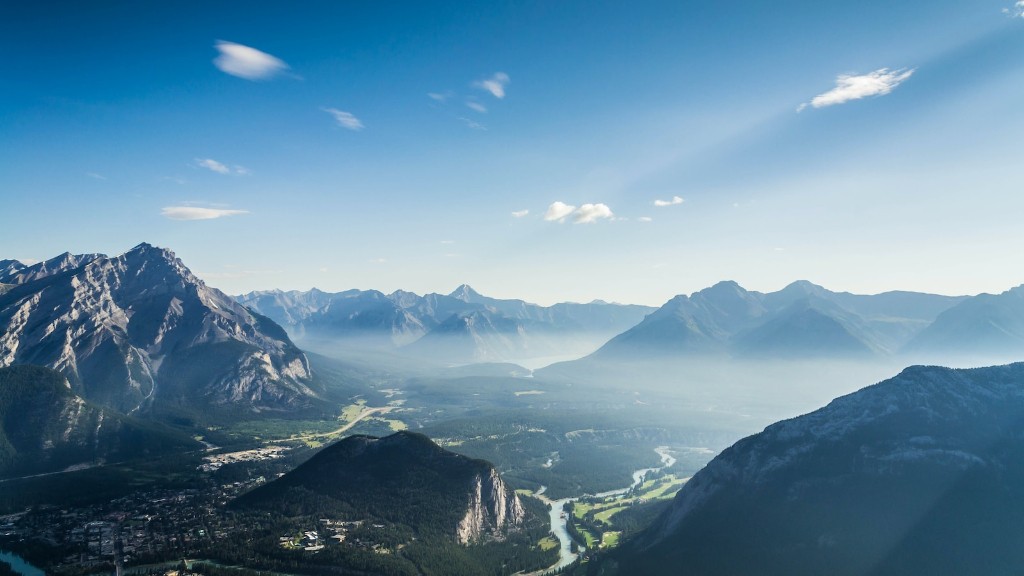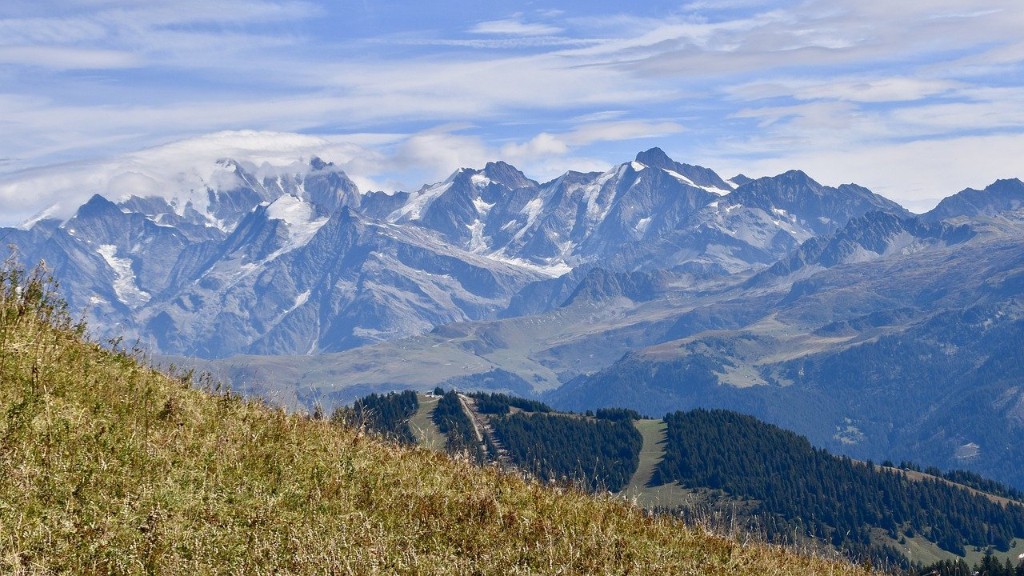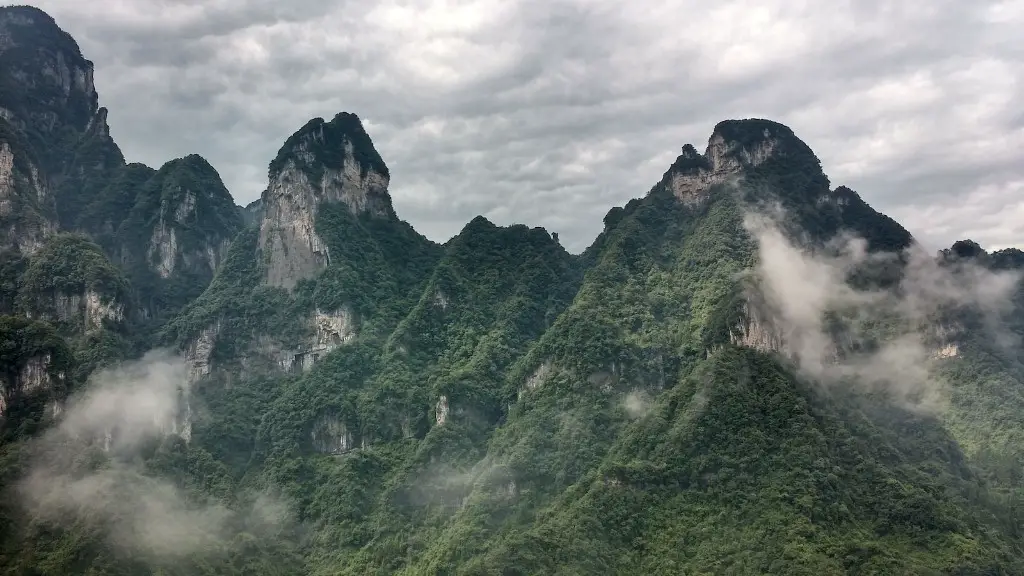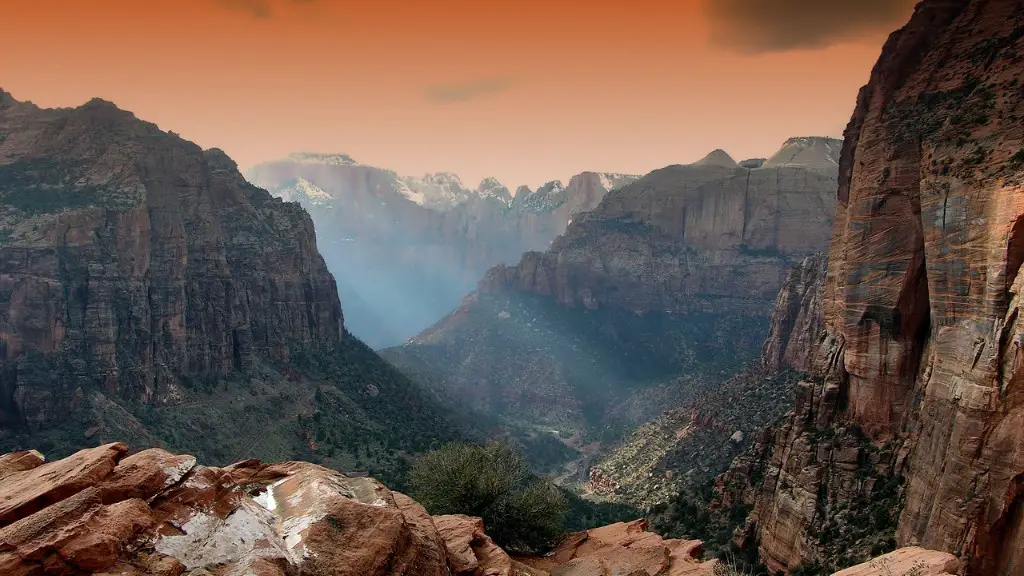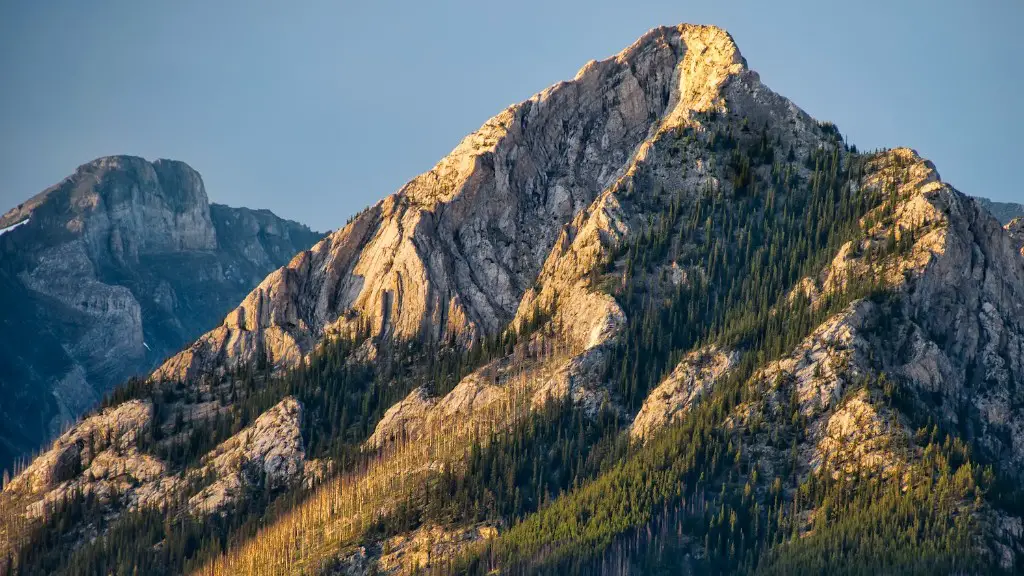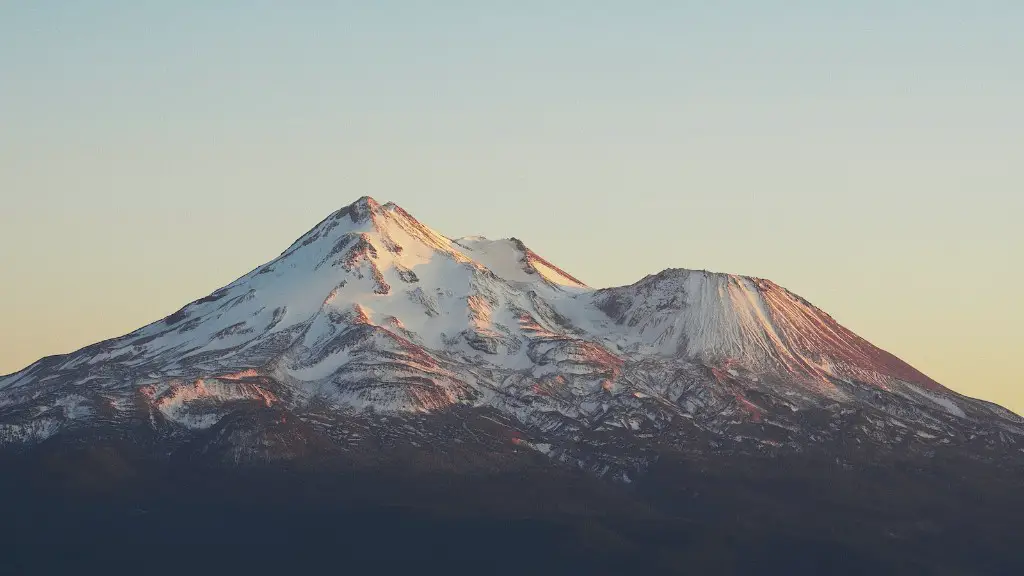The mountain has been considered a sacred site for centuries, and climbing it has been a popular activity for both natives and tourists for just as long. The most common question about Mount Fuji is how long it takes to complete the climb.
The answer really depends on your level of fitness and how much time you want to spend enjoying the views from the summit. A round trip from the fifth station to the summit and back takes most people between five and seven hours. However, if you want to take your time and enjoy the scenery, you can easily spend a day or two on the mountain. There are also a number of huts and rest areas along the trail where you can take a break.
“Mount Fuji,” Japan’s tallest mountain, is an alluring destination for travelers from around the world. So, how long should you stay in Mount Fuji?
The answer really depends on what you want to do and see while you’re there. If you’re just looking to get a quick glimpse of Mount Fuji, then a day trip from Tokyo might be sufficient. But if you’re hoping to hike to the top of Mount Fuji, then you’ll need to give yourself a few days.
In general, we recommend spending at least 2-3 days in Mount Fuji. This will give you enough time to enjoy the scenic views, hike to the summit, and explore some of the nearby towns and attractions.
How long do you need at Mount Fuji?
The ascent up Mount Fuji is a strenuous one, and depending on the trail that is chosen, it can take anywhere from five to ten hours to reach the summit. Most climbers will start from the Subaru Line 5th station, which is on average a five- to six-hour journey to the top. However, regardless of which trail is taken, the journey up Mount Fuji is sure to be a memorable one.
You can climb in one day if you’re fit, but it’s better to spend a night in a mountain hut on the mountain (or just climb through the night). Reservations are required for mountain huts, but you can pay to enter a hut and take a break without a reservation.
Is it worth to stay in Mount Fuji
Mt. Fuji is one of Japan’s most popular tourist destinations. While you can take a day trip to Mt. Fuji from Tokyo, it’s worth it to stay a few nights in one of the towns at the foot of the mountain. Whether you want luxury, the great outdoors, or a combination of both, there’s a town with the perfect Ryokan (traditional Japanese inn) for you.
Fuji is one of the most popular tourist destinations in Japan and it’s easy to see why. The mountain is absolutely stunning and is a great place to hike and enjoy the outdoors. If you’re planning on visiting Fuji, make sure to give yourself plenty of time to explore the area and take in the sights.
What month is best to see Mount Fuji?
If seeing Mount Fuji is one of your main goals when visiting Japan, plan your travel dates around December and January to get the best views of the mountain and its peak unobstructed by clouds. The winter season is also a great time to enjoy activities such as hiking, skiing, and hot springs that are located in the Fuji Five Lakes region.
Mount Fuji is a popular mountain for beginners and experienced climbers alike. There are four main trails leading up the mountain, and of those, the Yoshida trail is considered to be the easiest. This is the trail that we have chosen for our climb, and I reassured her that we would be able to complete it without any difficulty.
How much does it cost to go up Mount Fuji?
As someone who loves to hike and climb, I was disappointed to learn that Mount Fuji is no longer free to climb. The mandatory fee helps to protect and maintain the trails, which is understandable. However, the cost of the climbing pass and the bus to the 5th station is quite expensive, especially for those on a budget. I hope that the cost of the climbing pass will be reduced in the future so that more people can enjoy the beauty of Mount Fuji.
A one-way ticket on the JR Line from Tokyo to Kawaguchiko costs 2,250 yen for an unreserved seat, 2,970 yen for a reserved seat, or is free for JR Pass holders. At Kawaguchiko Station, you need to transfer to the Fujikyu Railway Line bound for Kawaguchiko Station. A one-way ticket for this leg costs 1,140 yen, and is not covered by your JR Pass.
Do you have to be fit to climb Mount Fuji
Climbing Mt. Fuji is no small feat – at 12,388 feet, it is the tallest mountain in Japan. To successfully climb to the summit and back down again, it is essential to have a high level of cardiovascular fitness to ensure that your body can take in and supply enough oxygen. Altitude sickness can affect anyone, regardless of their physical fitness level, so it is important to acclimatize yourself slowly to the altitude by spending a few nights at one of the base camps before attempting the summit. With proper preparation and fitness, climbing Mt. Fuji can be an incredible and rewarding experience.
There are four 5th stations which are halfway up the mountain and mark where the 4 trails start. There are 4 trails which are: the Yoshida, Fujinomiya, Subashiri, and Gotemba trails. Depending on the trail, the climb can take between 5 and 10 hours.
How long does it take from Tokyo to Mt. Fuji by bullet train?
The Fuji Excursion limited express train is the fastest train from Tokyo to Mt. Fuji, taking just 1 hour 53 minutes from Shinjuku to Kawaguchiko Station. All seats are reserved on this train, so be sure to book in advance if you want to guarantee a seat. Rates for the train are updated daily.
If you plan on trekking in any kind of weather, you must be prepared with the proper clothing and gear. That means carrying rainwear, cold protection, a head lamp, and a map at all times. Even if the weather is good when you start out, it can change quickly, and you don’t want to be caught unprepared. Trekking shoes or boots are a must, as well as quick-drying underwear and warm clothes like a fleece, sweater, or down jacket. And of course, a head lamp is essential for any kind of night travel.
Where should I stay in Japan for the first time
There are many great places to stay in Japan, but Tokyo, Kyoto, and Osaka are the best options for first-timers. These three cities are the most popular in Japan, and they offer a great introduction to the country. If you have a longer holiday, you can also visit Hiroshima, Hokkaido, Fukuoka, Okinawa, Hakone, and Kamakura. Each of these destinations has something unique to offer, and you’re sure to have a great time in any of them.
If you plan to watch the sunrise from Mount Fuji, it is best to stay in one of the mountain huts near the summit. These huts provide accommodation for climbers and offer stunning views of the surrounding area. Some of the huts even have restaurants and shops, so you can really make a night of it!
When should I go to Mt. Fuji?
The climbing season for Mt Fuji is from early July to early September. In other periods and during the snow season, climbing Mt Fuji is prohibited.
Mt. Fuji is one of the most popular tourist destinations in Japan and is renowned for its beautiful views. There are many different places you can go to get a good view of the mountain, but here are some of the best spots.
1. Nihondaira Ropeway: This ropeway takes you up to Mt. Nihondaira which offers fantastic views of Mt. Fuji, Suruga Bay, and the city of Shizuoka.
2. Fuji-Q Highland: This theme park is located at the base of Mt. Fuji and has a number of rides and attractions with great views of the mountain.
3. Miho Matsubara: This scenic spot is located on the shore of Suruga Bay and is known for its beautiful cherry blossoms and views of Mt. Fuji.
4. Minato Mirai 21: This waterfront area in Yokohama city has great views of Mt. Fuji, especially from the Ferris wheel and the observation deck of the Landmark Tower.
5. Boso Peninsula: This peninsula juts out into the Pacific Ocean and offers many different strand beaches with great views of Mt. Fuji.
6. Mt. Tokyo Tower:
Final Words
There is no definitive answer to this question as it depends on individual preferences and fitness levels. Generally speaking, most people take 1-2 days to complete a hike up and down Mount Fuji, although some experienced hikers may be able to do it in a single day.
The answer to this question depends on a number of factors, including your goals for visiting Mount Fuji, your fitness level, and the weather conditions. That being said, most people who hike to the summit of Mount Fuji take two to three days to complete the round trip.
